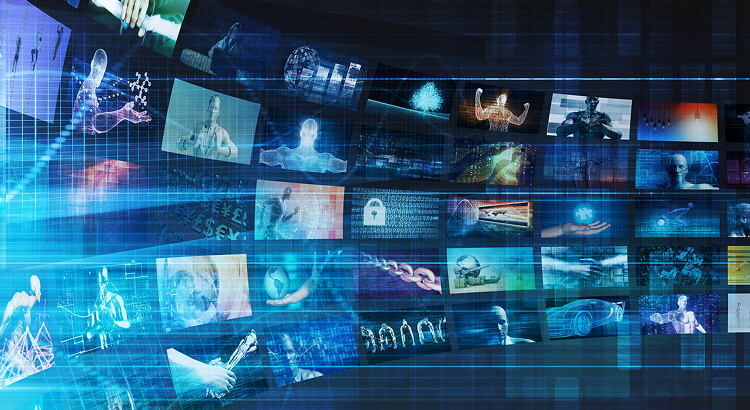The Psychology of Color: Influencing Consumer Decisions Through Design
Color is more than just a visual experience — it’s a psychological tool that can deeply influence consumer behavior. In today’s competitive U.S. market, understanding the psychology of color in marketing is essential for brands looking to create memorable experiences, drive engagement, and ultimately, boost conversions.

Why Color Psychology Matters in Consumer Behavior
In the world of branding and design, color isn’t chosen at random. Studies show that people make a subconscious judgment about a product within 90 seconds of initial viewing — and up to 90% of that judgment is based on color alone. This makes it a critical element in the consumer decision-making process.
Color affects mood, perception, and brand recall. When used strategically, it can:
Build trust and recognition (think: the blue of Facebook or the red of Coca-Cola)
Trigger emotional responses
Increase conversion rates on websites and product pages
Influence purchasing decisions
Emotional Impact of Popular Colors in Marketing
Here’s how some of the most commonly used colors in U.S. marketing campaigns impact consumer psychology:
🔵 Blue – Trust & Dependability
Widely used in the finance, tech, and healthcare industries, blue evokes feelings of security, stability, and professionalism. Brands like PayPal, LinkedIn, and American Express use blue to convey trust and reliability.
🔴 Red – Urgency & Excitement
Red grabs attention and creates a sense of urgency. It’s often used in clearance sales and fast food marketing (e.g., Target, McDonald’s). Red can stimulate appetite, increase heart rate, and encourage quick decisions.
🟢 Green – Growth & Wellness
Common in eco-friendly, organic, and health-related brands, green is linked to nature, balance, and growth. Whole Foods and Starbucks utilize green to align with health-conscious consumers and sustainability trends.
🟡 Yellow – Optimism & Attention
Yellow is cheerful and attention-grabbing but must be used carefully. It can promote happiness and optimism, but overuse may cause visual fatigue. Brands like Best Buy and Subway use yellow to create a welcoming vibe.
⚫ Black – Luxury & Sophistication
Black represents elegance, exclusivity, and power. High-end fashion and tech brands like Apple and Chanel use it to elevate brand perception and create a premium feel.
🟣 Purple – Creativity & Royalty
Purple blends the stability of blue and the energy of red. It’s often used in creative industries, luxury products, and wellness brands (e.g., Hallmark, Yahoo) to denote imagination and sophistication.

Using Color Psychology in Web & Graphic Design
A well-designed website with thoughtful color choices can guide users through a sales funnel, improve user experience (UX), and increase engagement. Here are key tips for applying color psychology in design:
Use contrasting colors for calls-to-action (CTAs) to make them stand out.
Choose a color palette that aligns with your brand personality.
Keep accessibility in mind — ensure adequate contrast for readability.
Use color to establish visual hierarchy, directing attention to key areas.
Cultural Considerations for the U.S. Market
While color meanings can vary globally, in the U.S., the associations mentioned above are widely accepted and used in consumer-focused design. However, it’s always important to test color palettes with your target demographic to ensure resonance.
Real-World Examples of Brands Using Color Psychology Effectively
Coca-Cola – The signature red stimulates excitement and energy, perfect for a global soda brand.
Tiffany & Co. – The distinctive robin’s egg blue evokes exclusivity, elegance, and timeless beauty.
Spotify – The bright green is youthful and modern, reflecting its digital-first, energetic brand.
Amazon – Uses orange for its CTA buttons (“Add to Cart”), which creates a sense of urgency and draws the eye.
Final Thoughts: Color is More Than Aesthetic — It’s Strategic
For brands, marketers, and designers in the U.S., understanding the psychology of color in branding and design is essential for influencing consumer behavior and standing out in a crowded marketplace. By using color strategically, you can enhance brand identity, improve user engagement, and ultimately drive more conversions.



